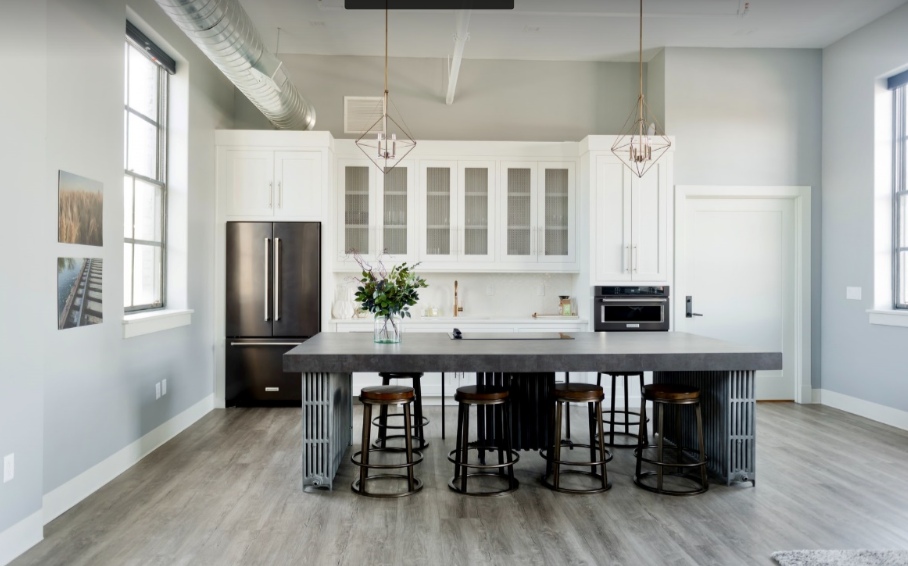Guest Post by John Guevara
Photo by Adam Winger on Unsplash
As the world’s climate and the weather continue to change, an air conditioner is proving to be a piece of essential equipment in our homes to deal with the rise in temperature.
As the rise might have its advantages, there are health issues that might be caused by the high temperatures and an air conditioner is crucial to reduce and prevent the negative effects.
With this in mind, let’s look at some pros to having a well-maintained air conditioner in your house.
Lets You Sleep Comfortably
Imagine being asleep but your rest is cut short by a heatwave.
This might be caused by a breakdown of your air conditioner.
Sleep is an important aspect of one’s health.
While you sleep, your brain works to replenish the energy used while you were active and replace damaged cells.
Not getting enough sleep might cause massive health issues in the long run.
Continuous maintenance of the air conditioner will prevent breakdowns in turn giving you a good rest period.
A cool area of sleep increases your comfort level hence creating a conducive environment to sleep.
Saves up Money
A well-maintained AC will generally reduce the energy used. It will cost less than using multiple fans at a go.
It, therefore, reduces the cost used for electricity.
Good maintenance reduces the buildup of issues that may lead to a purchase of a new air conditioner.
The maintenance cost is cheaper than a new purchase.
The saved up money can be used on other aspects of daily life like health checkups.
Regulates Humidity
Some humid areas might need control over the amount of moisture present in the air.
Too much moisture may cause mold issues. Air conditioning regulates the humidity as they cool.
Better Ventilation
While a good AC dehumidifies the house, it leads to better ventilation of clean air.
It leads to breathing air with no dust particles.
Clean air is good for our bodies and reduces health issues like allergies, coughs, and colds.
Clean air may reduce the frequencies of asthma attacks as all the dirt and pollutants are filtered.
Prevents Dehydration and Heat Stroke
Once we sweat, we tend to lose water from our bodies.
Most people sweat as a result of the increased heat effect on their bodies.
Sweating has a cooling effect on our bodies.
The more we sweat, the more we lose water.
Once you have a fan on, it will assist your body to cool itself hence we don’t experience dehydration.
Heatstroke is when your body starts to overheat due to a rise in temperatures.
Both of these symptoms that might cause immense health issues, can be prevented by getting an air conditioner to help regulate the temperature.
Wards Off Insects
Since an AC is mostly used to cool the house, insects that prefer warmer environments will flee in search of their ideal temperatures.
When your AC cools your home it also regulates the humidity, insects that prefer more humid places will also flee.
As it cools your body, you become undesirable to insects that might be attracted to you for your warmth.
This by a great chance might reduce mosquito and other insect bites.
